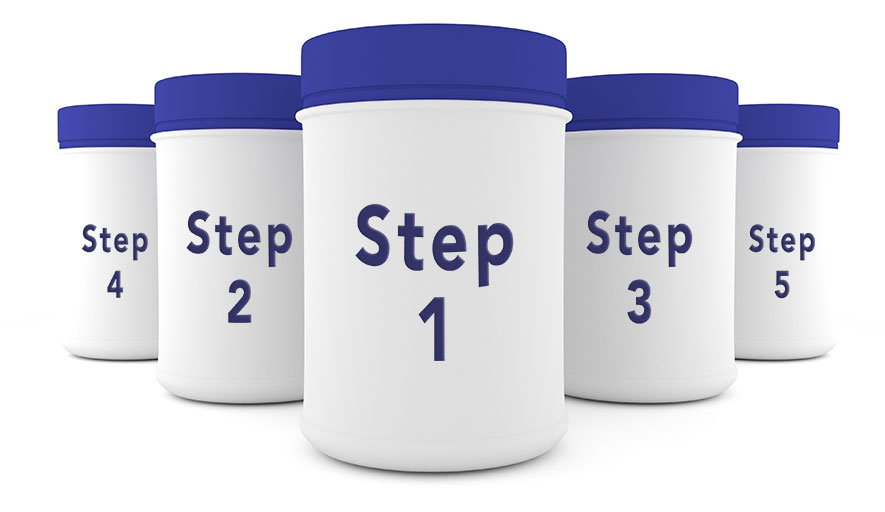Many entrepreneurs in the sports nutrition manufacturing industry have started out small and are now enjoying great success. As the demand for products in this on-trend market grows, how does the small-scale manufacturer grow with it? Before you start your hunt for new premises or bigger, better production line machinery, read our blog post to make sure you have all your bases covered.
Scaling up production
When you’re used to manufacturing protein shakes, energy bars and nutritional supplements within the confines of your garage or kitchen, it can seem a daunting prospect to scale up that start-up operation into something bigger.
But it’s clear that the demand for sports nutrition products is growing, so it’s an exciting time for those manufacturers who are willing and able to step up to the challenge.
Where to start?
Before you start talking to your bank manager or hunting for brand new premises, it’s important to plan now to make the right investments. This can save you time, money and stress in the long run, and will ensure your sports nutrition manufacturing business grows sustainably and profitably.
There are five key questions you need to consider from the outset.
- Are you aiming for a mass market, or a specialist one?
The mass-market production of sports nutrition products with broad appeal tends to  involve very large batch sizes and few recipe varieties, so you’ll need production lines that can turn over high volumes. If you’re going to go for specialist products, on the other hand, which are tailored to individual sports or demographics, or even to the individual athlete, you’ll need to manufacture numerous different recipes and products in small batches.
involve very large batch sizes and few recipe varieties, so you’ll need production lines that can turn over high volumes. If you’re going to go for specialist products, on the other hand, which are tailored to individual sports or demographics, or even to the individual athlete, you’ll need to manufacture numerous different recipes and products in small batches.
- What are your projected volumes?
At no point do you want to be over or under-producing – to do so means you will either be making wasted product, or will have wasted assets. That doesn’t mean you can’t dream big! As well as the space and technology you need to meet demand now, or in the next year, consider what expectations you will have in five or ten years from now. Look to invest in a system that is easily scalable.
- What types of product will you make?
Before you’ve even purchased a bag of protein powder or have a building to house equipment, thinking about the types of products you will make, and how they are made can reduce wasted time, ingredients, effort and money. Consider manufacturing products with common processes so that production lines can be operated in parallel, automated and streamlined.
- How and from where will your product be sourced?
Materials-handling efficiency doesn’t begin and end on the factory floor – manufacturing your products is part of a longer chain that includes suppliers and distributors too. Choose equipment, and a building, that can efficiently receive, handle and store your product at each stage of the manufacturing process – from the raw powdered ingredients, the finished packaged products, and all of the mixtures in between.
- What types of powders will be used?
Some powders, like whey proteins and flours, are notoriously difficult to handle because they may be ‘sticky’ and cohesive, making them poor flowing and prone to bridging. The equipment you use, and the space you use it in, must be able to deal with these challenges.
Once you have a baseline understanding of what ‘shape’ your sports nutrition manufacturing plans are in, talk to the experts at Matcon who can recommend flexible manufacturing solutions that are perfectly tailored to your needs.
Topics:
Sports Nutrition
